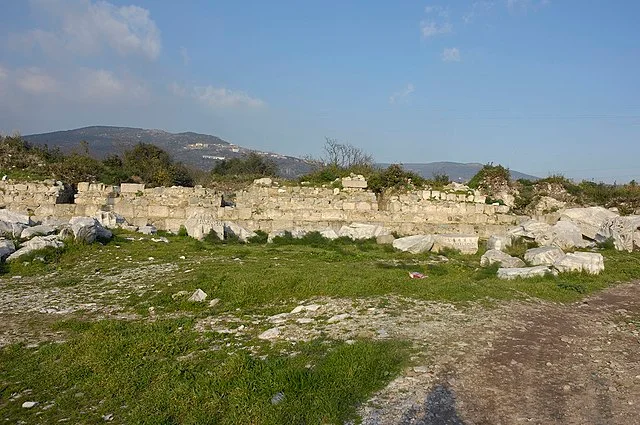Cyzicus was an ancient city located on the southern shore of the Sea of Marmara in what is now Turkey. It was a prominent city in the ancient world, known for its strategic position and its significant role in trade and politics. Cyzicus was a member of the Delian League and later a part of the Roman Empire. This post will explore its history, importance, and archaeological remains.
Get your dose of History via Email
Early History and Foundation
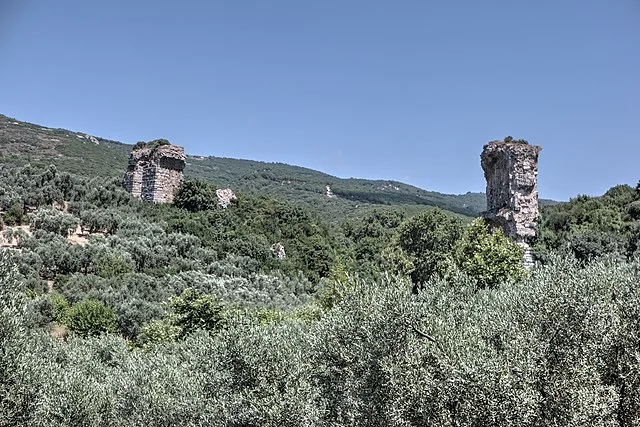
Cyzicus was founded by Greek colonists from the island of Megara. The exact date of its founding is uncertain, but it is generally believed to have occurred around the 7th century BC. The city was initially established on the island of Cyzicus, which is located off the coast. However, over time, the city expanded to the mainland, where it became a significant hub of commerce and culture.
Strategic Importance
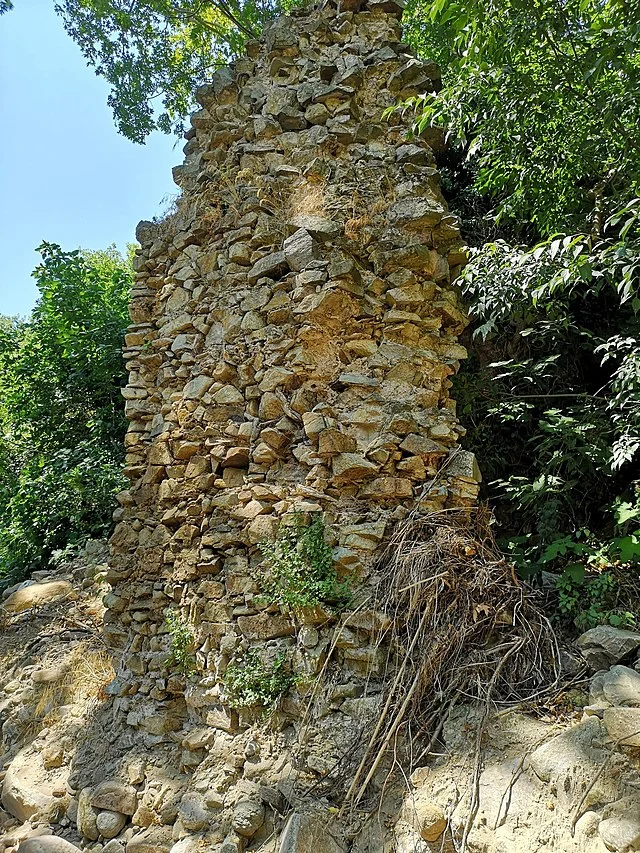
The city’s location was crucial for its success. Situated at the entrance to the Sea of Marmara, Cyzicus controlled important trade routes between the Aegean and the Black Seas. This allowed the city to thrive economically, especially in the production of olive oil and wine, which were major exports. Its strategic position also made it a key player in regional conflicts.
Political History
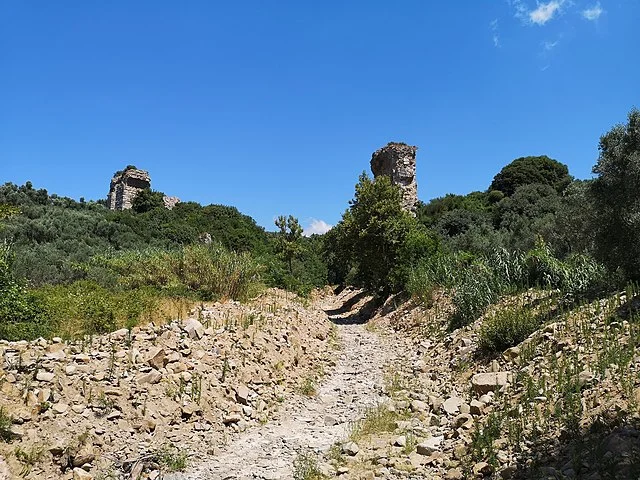
Cyzicus was initially an independent city-state. It joined the Delian League, a coalition of Greek city-states led by Athens, during the 5th century BC. The city prospered during this time, contributing to the League’s naval efforts. Cyzicus was also involved in several conflicts, particularly with the Persian Empire and other Greek city-states.
In the 4th century BC, Cyzicus became a member of the Athenian Empire. However, the city later switched allegiances during the Peloponnesian War, supporting Sparta against Athens. After the war, Cyzicus experienced a period of instability but managed to recover.
Roman Period
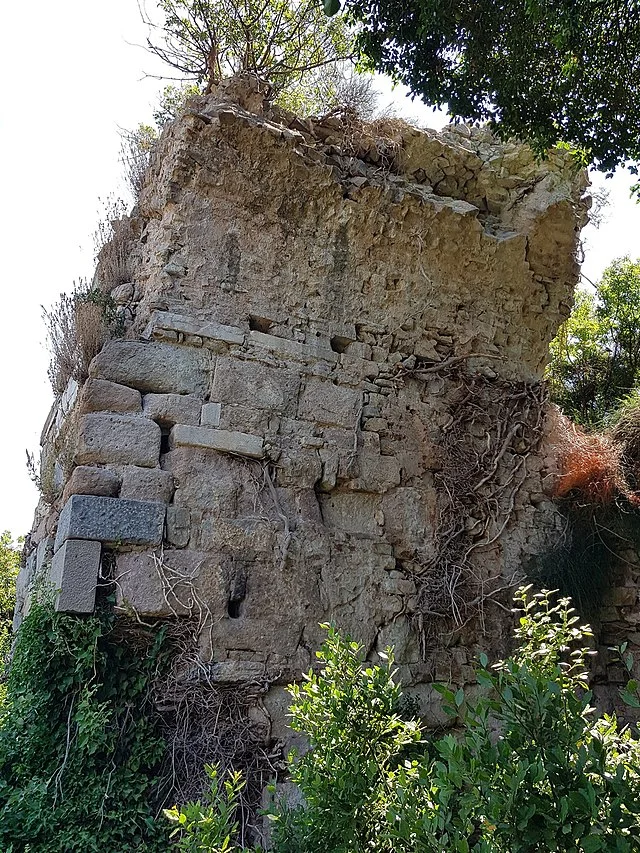
By the 1st century BC, Cyzicus was part of the Roman Empire. It was a significant city in the province of Asia, benefiting from Roman infrastructure and protection. The city’s harbor was expanded, and many public buildings were constructed, enhancing Cyzicus’s status as a commercial center.
Under Roman rule, Cyzicus saw periods of prosperity and decline. The city was affected by several natural disasters, including earthquakes, which caused significant damage. Despite these setbacks, Cyzicus continued to be an important city throughout the Roman Empire and the subsequent Byzantine period.
Decline and Fall
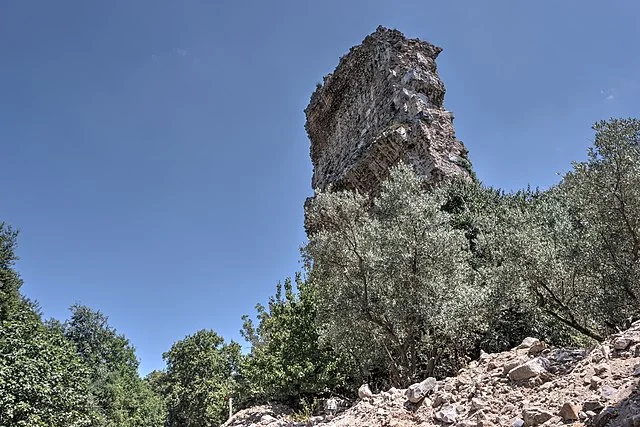
The decline of Cyzicus began in the 5th century AD. After the Roman Empire split, the city became part of the Eastern Roman Empire, or Byzantine Empire. Cyzicus remained a thriving city during this time but gradually lost importance. By the medieval period, it was largely abandoned.
Archaeological Remains

Today, Cyzicus is an important archaeological site. The city’s ruins include parts of its massive walls, a theater, a stadium, and several temples. One of the most notable structures is the Temple of Zeus, which was one of the largest temples in the ancient world. The ruins of Cyzicus provide valuable insight into the urban planning and architecture of ancient Greek and Roman cities.
Conclusion
Cyzicus played a significant role in the ancient world, particularly in trade and politics. Its strategic location and cultural contributions made it an important city throughout its history. The archaeological remains of Cyzicus continue to offer valuable information about ancient urban life and architecture. Despite its decline, Cyzicus’s legacy lives on in the ruins that remain today.
Source:

